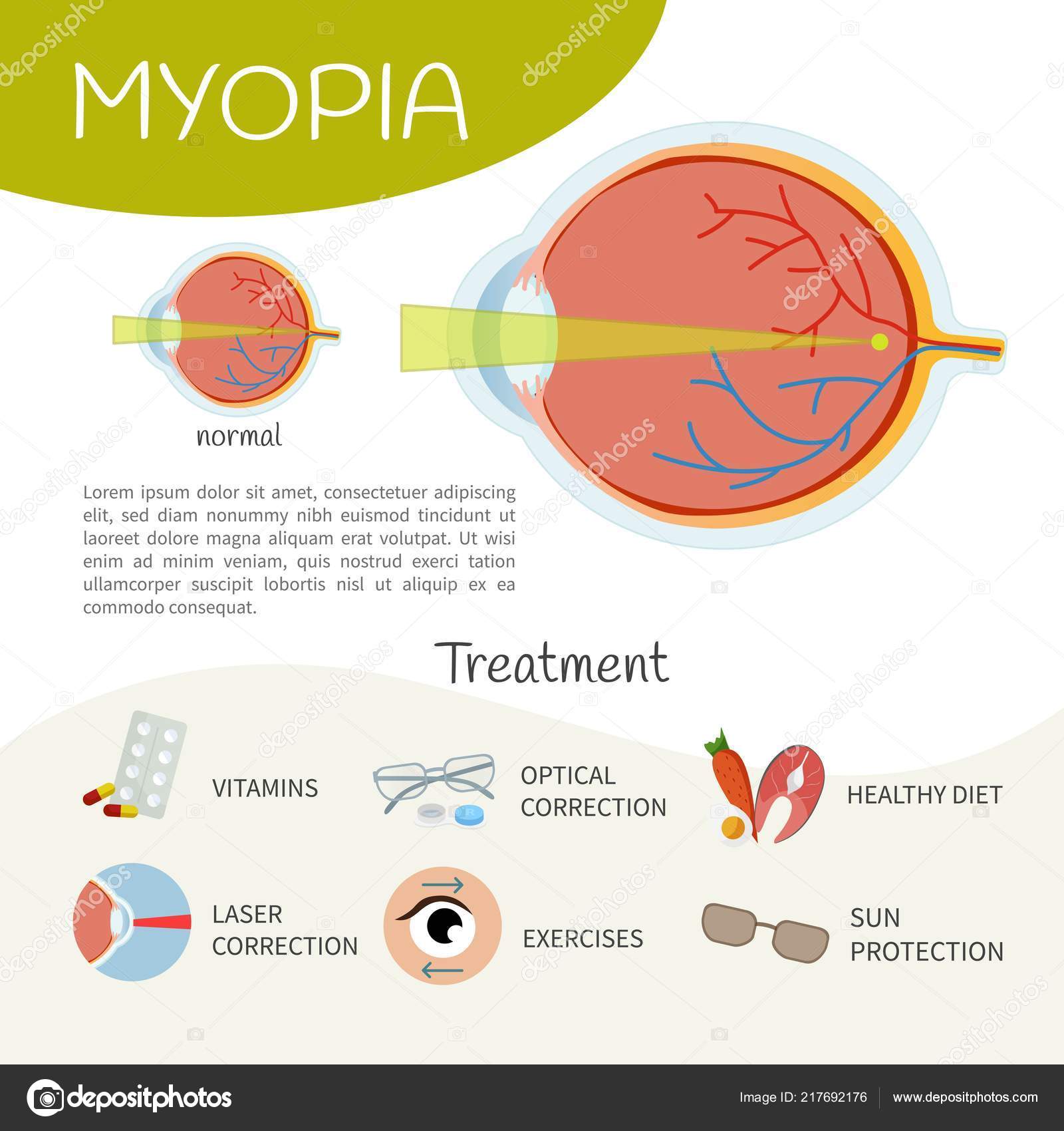Newest Innovations In LASIK Eye Surgical Procedure Technology

Content written by-Watson Horner
LASIK eye surgical treatment has come a long way since its inception. The current technologies help reduce the threat of dry eyes, flap complications, and other possible adverse effects such as halos & glow.
For instance, topography-guided LASIK tracks the curvature and characteristics of your cornea to a level not possible with previous innovation. This allows customization of treatment for exceptional visual outcomes.
Wavefront Technology
The capacity to measure the eye's wavefront enables doctors to much more exactly define vision errors than traditional dimensions. This information helps medical professionals identify a variety of visual troubles consisting of higher-order aberrations (ghost photos as well as halos).
These more recent strategies have been revealed to reduce the look of these higher-order aberrations after LASIK, thus improving vision. Higher-order aberrations are brought on by the method light reflects off of your cornea as well as retina. These aberrations have also been connected to signs and symptoms like difficulty driving at night as well as light sensitivity.
In the "antique" fundamental LASIK procedure, the doctor uses a mechanical blade called a microkeratome or laser to produce a thin hinged flap in the cornea. This flap is folded back disclosing the cornea's center area referred to as the stroma. Pulses from a laser after that form the corneal surface. https://blogfreely.net/neil58cliff/questions-to-ask-your-lasik-surgeon-prior-to-your-procedure takes the traditional LASIK treatment better. By incorporating Cataract Surgery with topography (the surges and dips on the cornea's surface) data, it develops a personalized surgical program to lead the laser throughout your therapy.
Femtosecond Lasers
Femtosecond laser innovation utilizes extremely short laser pulses to accomplish high power density with extremely little impact on eye tissues. This enables the surgeon to perform delicate laser cutting procedures within the eye without having to open or mechanically enter the eye.
When a femtosecond laser is utilized to produce a corneal flap, it supplies pinpoint accuracy as well as safety unequaled by microkeratome blades. Throughout All-Laser LASIK, the flap is developed utilizing laser energy to stay clear of any type of problems that may occur with typical mechanical devices.
During this section of the surgical treatment, your medical professional will certainly make use of the AMO IntraLase Femtosecond Laser to carefully separate your corneal epithelium cells as well as develop a flap in the front of your eye. After the flap is produced, an excimer laser will after that use ultraviolet light to improve your cornea. This reshaping of the cornea changes just how light travel through your eye as well as deals with refractive mistakes. The flap is after that allowed to recover naturally.
Excimer Lasers
Excimer lasers discharge amazing beam of lights of ultraviolet light that reshape the cornea (the clear front part of the eye) to remedy refractive mistakes, such as nearsightedness, farsightedness as well as astigmatism. They do so without shedding or literally eliminating the tissue.
The laser removes tiny amounts of tissue, as little as 0.25 microns each time (one micron is a thousandth of a millimeter). These ultra-thin layers of cells are exactly eliminated to remedy the mistake in your vision.
To do this, the surgeon produces a flap on the surface of your cornea utilizing another sort of laser (femtosecond laser). The flap is then peeled back, and the excimer laser is used to improve the cornea. When it is ended up, the specialist changes the flap and also it will normally secure into location.
Monovision
Coastal Vision Medical Team provides Monovision with Customized All-Laser LASIK for people who wish to lower their dependence on call lenses or glasses. This specialized technique allows presbyopic people to accomplish excellent range as well as near vision without the demand for rehabilitative glasses or get in touches with. The procedure includes unnaturally remedying one eye (typically the dominant eye) for range vision while leaving the other eye a little nearsighted. The mind naturally selects the eye with the sharpest photo for close-up work as well as subdues the info originating from the slightly unfocused various other eye.
This treatment is ideal for patients over the age of 40 who are starting to experience presbyopia, a problem that causes the progressive loss of close-up vision that calls for analysis glasses. Nevertheless, it is important to talk about every one of your choices with a LASIK specialist that has substantial experience in treating presbyopia as well as will certainly aid you identify if this refractive service is right for you. It is additionally possible to achieve monovision through dental implanted intraocular lenses or cataract surgical procedure.

